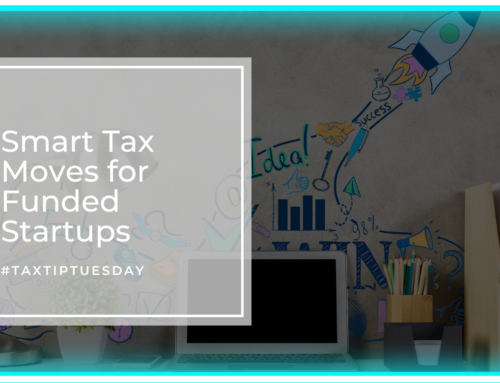Hi, I’m Bette Hochberger, CPA, CGMA. In today’s tax tip Tuesday, I will discuss what deductions you can claim without receipts.
Although it may be common knowledge that you can claim certain tax deductions by providing receipts, you may not be aware that there are some tax breaks that don’t require receipts.
It’s important to remember that it’s best to keep receipts for all business expenses you intend to deduct, if possible. In the event of an IRS audit, having these documents readily available can streamline the process.
But, there are certain deduction categories that can be claimed without a receipt, without running into trouble with the law. Let’s take a look:
What Does the IRS Allow You to Deduct Without Receipts?
Self Employment Taxes
If you’re a self-employed individual, it’s your responsibility to pay your own Medicare and Social Security taxes. However, the good news is that you can deduct half of those taxes from your income, which can lower your federal income tax bill!
And if you’re using tax software to prepare your tax return, you don’t need to worry about calculating the amount to deduct. The software will automatically handle the calculation for you.
Home Office Expenses
If you run a business from your home, you might be eligible to claim a part of your rent or mortgage, utilities, insurance, and other home-related expenses as a home office deduction. The critical requirement is that you use your home office solely for business purposes.
While you don’t need receipts for most office expenses, you should have other documentation such as rent, mortgage interest, real estate taxes, and utilities.
Self Employed Health Insurance Premiums
As a self-employed individual, did you know that you can claim a tax deduction for your health insurance premiums? That’s right, you can potentially reduce your tax bill even if you don’t itemize your deductions on Schedule A.
If you don’t have receipts for your premiums, don’t worry! You can use alternative documents such as a copy of your insurance policy’s declarations page or your payment history downloaded from your insurance company’s website as evidence to support your deduction.
Self-Employed Retirement Plan Contributions
Contributing to a qualifying retirement plan such as a traditional IRA, SEP-IRA, or solo 401(k) can not only benefit your future but also help lower your current tax bill! Depending on the type of plan you have, the amount you can deduct will vary, but it’s definitely worth considering if you’re eligible.
To claim your deduction, you’ll need to report the contributions you made to your retirement account on your tax return. The good news is that the institution managing your account will provide you with a Form 5498 that summarizes your contributions for the year. You may also be able to find this information on your year-end statement.
Vehicle Expenses
If you’re using your personal vehicle for work-related tasks, you may be able to deduct expenses like gas, repairs, and depreciation from your taxes. Keeping track of all those receipts and calculating costs can be a hassle; luckily, there’s a simpler way to take advantage of this deduction: by using the standard mileage rate.
The standard mileage rate is a fixed amount per mile driven that you can deduct for business use of your vehicle. For 2022, the rate is 58.5 cents per mile from January through June and 62.5 cents per mile from July through December.
Keep in mind a few things when using the standard mileage rate:
- Tax deductions for mileage driven for business purposes are only applicable if the vehicle is also used for personal reasons.
- You need to keep records of the number of miles you drove for business purposes throughout the tax year.
Don’t miss out on these potential tax savings just because you think you need receipts. With the standard mileage rate, you can easily take advantage of this deduction without all the extra paperwork.
Cell Phone Expenses
Business owners can claim a tax deduction for a portion of their cell phone expenses used for work purposes.
Calculate your deductible amount by multiplying your monthly service plan cost by your percentage of business usage.
Now, the rules for income tax write-offs can vary depending on the business type or entity. So, make sure to consult with a tax professional to find out what deductions are available to you.
I hope you learned something new today. As always, stay safe, and I will see you next time.







